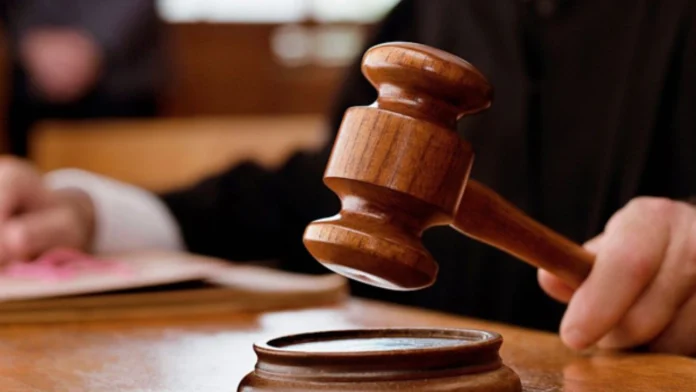Public disturbances, such as protests, riots, or large-scale gatherings, can pose challenges for law enforcement agencies. Police responses to these events are crucial in maintaining public order while respecting individual rights. Here’s a simple breakdown of how police typically respond to public disturbances and the factors involved.
- Preventive Measures: Before a disturbance occurs, police often take preventive actions, such as monitoring social media, gathering intelligence, and increasing visibility in certain areas. The goal is to anticipate problems and prevent them before they escalate.
- Crowd Control Techniques: When a disturbance takes place, police use various crowd control techniques. These may include the use of barriers, physical presence of officers, and loudspeaker announcements to maintain order and prevent violence.
- Use of Non-Lethal Force: In many situations, police may resort to non-lethal methods to control crowds, such as tear gas, rubber bullets, or water cannons. These tools are designed to disperse crowds without causing permanent harm.
- De-escalation Tactics: Police officers are often trained in de-escalation tactics, which involve speaking with demonstrators or leaders to calm tensions and avoid violent confrontations. Building trust with the public can also help prevent violence.
- Public Communication: Clear and open communication between police and the public is key. Officers often use social media, public announcements, or press conferences to keep the public informed about the situation and police actions.
- Protecting Property and People: In cases where public disturbances lead to damage or threats to people, police focus on protecting both lives and property. This might involve securing businesses, homes, or public buildings.
- Legal Framework: Police are expected to respond within the legal framework, ensuring that actions taken are justified and proportional to the level of disturbance. They must also ensure that they respect constitutional rights, including the right to protest peacefully.
- Collaboration with Other Agencies: In major disturbances, police may collaborate with other agencies, such as the National Guard, emergency services, or private security, to provide adequate support and resources.
- Post-Disturbance Actions: After the disturbance, police often conduct investigations to identify those responsible for any illegal activities. They may also assess the situation to improve future responses and policies.
- Public Accountability: In democratic societies, police are held accountable for their actions during public disturbances. This accountability is maintained through public oversight, internal investigations, and independent review bodies.

